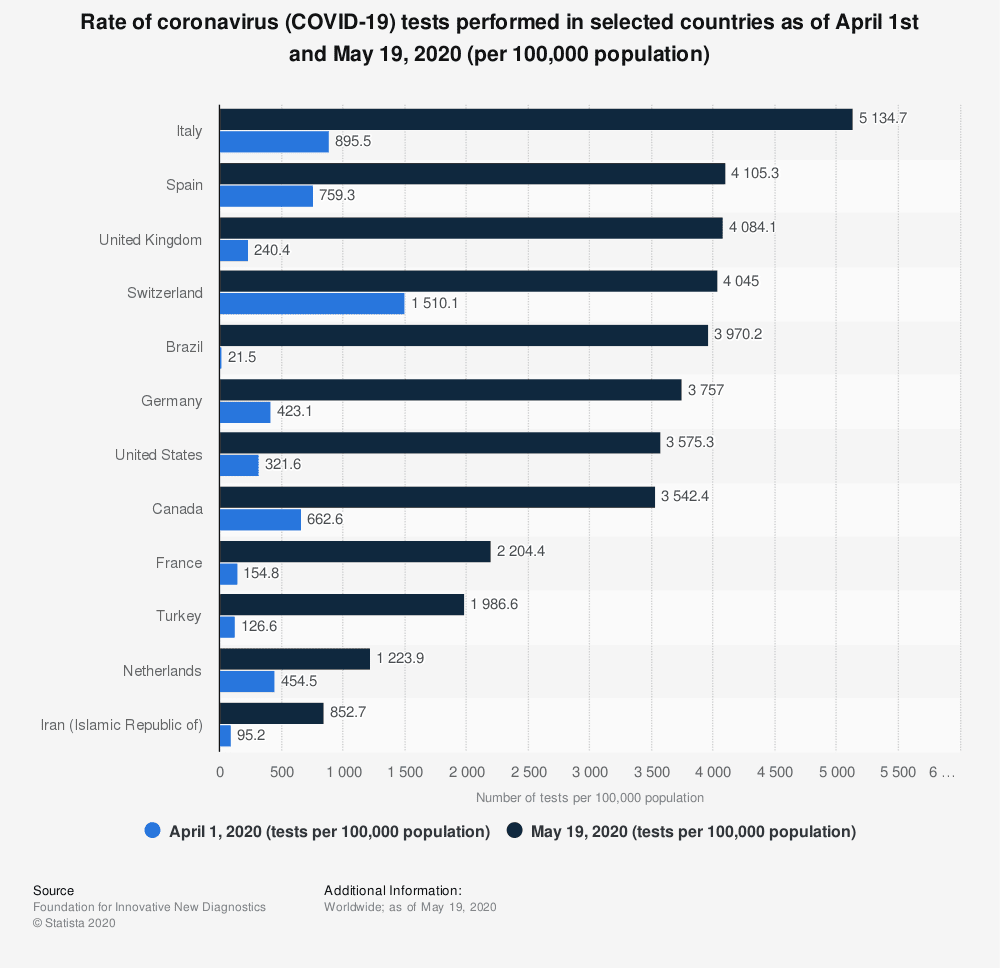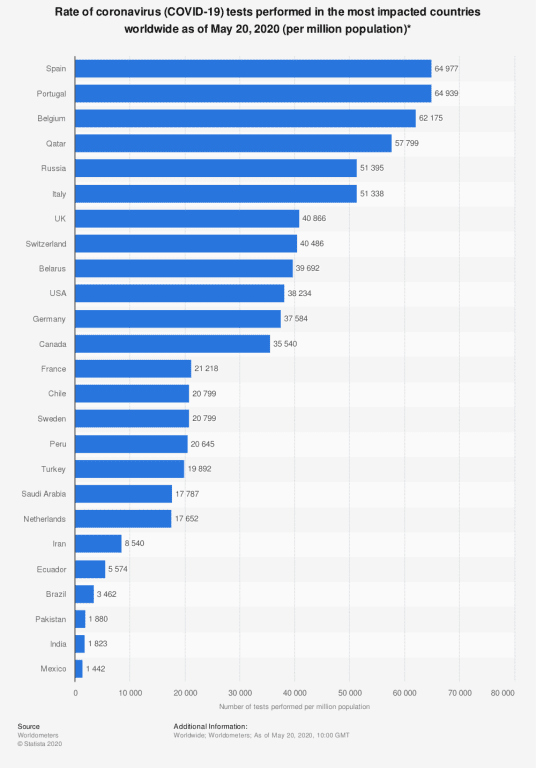 Comedians are fretting the possibility that Donald Trump might not win reelection. He gives them so much material to work with. In the same way, Trump has done so much to help people understand how honor and shame manifest in culture.
Comedians are fretting the possibility that Donald Trump might not win reelection. He gives them so much material to work with. In the same way, Trump has done so much to help people understand how honor and shame manifest in culture.
Take for example Trump’s recent claim. He said it is a badge of honor that the U.S. has the highest number of coronavirus cases in the world. Click on the video below.
I’ll highlight two major problems with his remark. The first relates to his invoking of “honor.” The next post concerns his logic. (I was a math major and have an M.A. in philosophy. I like logic.)
What is worthy of honor?
“Honor” has a mixed reputation. On the one hand, it can convey the ideal of integrity, loyalty, etc. On the other hand, it can simply refer to the recognition or popularity one receives, even if for no meaningful reason. The use of similar language opens the door for people to misuse related terms.
If we collapse or confuse different meanings of “honor,” we become more susceptible to manipulation. What needs to happen? We should distinguish the reality of honor from the projection of honor.
Consider Trump’s comments about testing. He said,
“I look at that [high number of cases] in a certain respect as being a good thing, because it means our testing is much better. So, if we were testing a million people instead of 14 million people, it would have far few cases, right?”
Since the United States has nearly 1.6 million cases of COVID-19 (as of this writing), then only “testing a million people instead of 14 million people” would mean what? Merely that we would have far few reported cases. Notice that Trump’s statement did not include the word “reported.” The omission matters.
Why? Because testing does not change whether the actual number of cases exist. People have COVID19 regardless of the number of tests given. Testing, by itself, does nothing to ensure that we “have far few cases.”
And let’s recall the goal…. to limit and then eradicate the number of actual cases of COVID19. Our object is not to keep the number of reported cases down.
Back in March, Trump spoke about the passengers aboard the Grand Princess, saying he’d “rather have them stay on” the ship. He explained why:
“I would rather because I like the numbers being where they are. I don’t need to have the numbers double because of one ship that wasn’t our fault.”
What would be praiseworthy (and honorable) would be to take measure that limit the actual number of new cases. It is not honorable to obscure facts that could help to combat the epidemic.
High numbers of (actual) cases do not warrant a badge of honor. (High rates of testing would be praiseworthy, yet, as we’ll see next post, Trump’s logic is more than fuzzy on that point.)
Achievements Actually Worth Honoring
While Trump works to manage the public impression of him, let’s consider what would truly be a badge of honor.
-
Per-capita Testing
What is the significance of the raw number of COVID-19 tests administered? Little to nothing. What is far more of an achievement is doing high rates of per-capita testing. The following graph shows per-capita testing rates from the most affected countries.
(According to Johns Hopkins, the U.S. ranks much lower than the data above.)
Saying that the U.S. “has done more testing than anyone, by far” means nothing since America is such a high population country. What really matters is per capita testing. That tells the real story. The graph above only shows the rates as of May 20th. The picture changes when you look at previous months.
-
Positive Test Rates
In talking about the number of tests, we can easily overlook a key figure. Strangely, few people are talking about the “positive test rate.” One article from May 14th summarizes the significance of
… the positive rate, or the percentage of tests that come back positive for Covid-19. Generally, a higher positive rate suggests there’s not enough testing happening: It indicates only people with obvious symptoms are getting tested.
The US’s positive rate over the week of May 5 was nearly 8 percent — down from almost 21 percent the week of April 5. Experts have said the positive rate should be no higher than 10 percent, but preferably much lower.
For a look at the positive test rates for each U.S. state, click here (as of May 17th). Improvements have been made, but it’s early to hand out merit badges. When the time comes, the debate will be to whom badges should be given.
-
Rate of Spread
The average rate of spread is over 2 people for every person infected with COVID19. The average rate of spreading for the 1918 epidemic is estimated to be about 1.8 (1.8 people are infected by 1 sick person). To beat the virus, the rate needs to get below 1.













